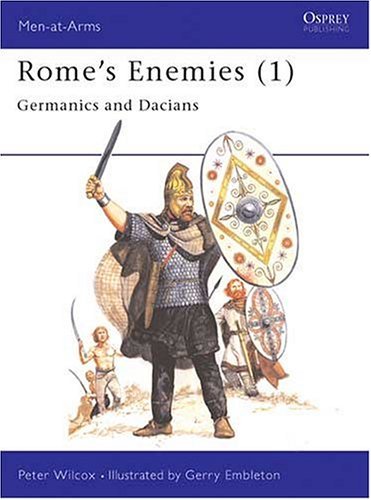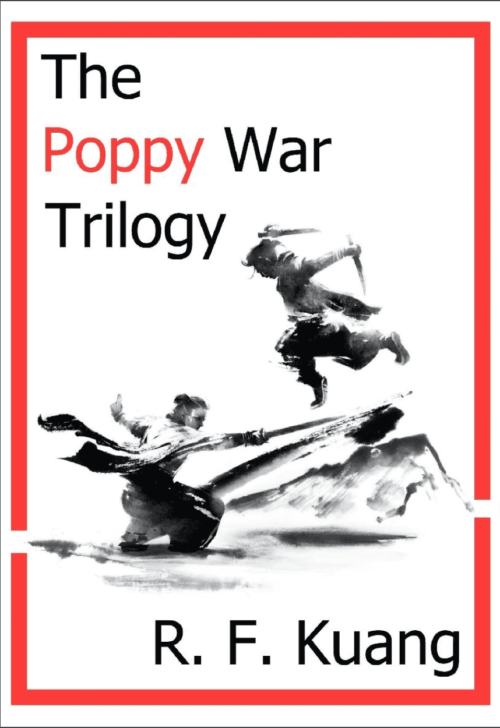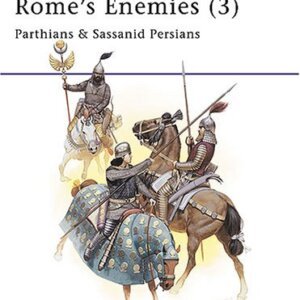“Rome’s Enemies (4): Spanish Armies 218-19 BC” by Rafael Treviño Martinez & Angus McBride
The Guerrilla Lords of Iberia: Rome’s Relentless Foe in the Peninsular Wars
Overview
Authored by historian Rafael Treviño Martinez and illustrated by military artist Angus McBride, this volume from Osprey’s Men-at-Arms series (No. 180) delves into the Celt-Iberian and Hispanic tribes of ancient Spain—Rome’s most elusive adversaries during the Second Punic War and subsequent conflicts. Combining archaeological discoveries, Roman chronicles, and McBride’s vivid artwork, the book dismantles stereotypes of Iberian “barbarians,” revealing their tactical genius, cultural resilience, and the weapons that made them a nightmare for legions. Rated 4.0/5.0, it serves as a visual and scholarly guide to the guerrilla warfare that reshaped Rome’s military strategies.
Key Features
- Guerrilla Tactics: The Art of Deception
- Hit-and-Run Warfare: Celt-Iberian warriors lured Roman legions into traps by feigning chaotic attacks followed by staged retreats. After days of psychological attrition, they would counterattack once Roman discipline collapsed, as seen in the Battle of Baecula (208 BCE).
- Pre-Battle Rituals: Tribes performed cantica (war chants) and rhythmic drumming to unnerve enemies, a practice later adopted by Roman auxiliaries.
- Weapons and Armor: Mastery of Iberian Craftsmanship
- Falcata Swords: Curved, single-edged blades (50–60 cm) with ornate hilts (e.g., bull motifs symbolizing rebirth) could split Roman shields. Examples from Elche and Albacete show silver-inlaid handles.
- Soliferrum Javelins: All-iron throwing spears (1.8–2.1 m) designed to penetrate armor. Archaeologists found fragments at Numantia, a Celt-Iberian stronghold.
- Armor: Chieftains wore bronze pectorals (chest discs) with wolf motifs (symbolizing death) and leather cuirasses reinforced with metal scales. Common warriors used caetra (small round shields) and helmets with “comb-like” crests.
- Cultural Identity and Resistance
- Tribal Diversity: The Iberian Peninsula housed factions like the Lusitanians, Carpetani, and Edetani, each with distinct tactics. Lusitanian leader Viriathus became a legend for his decade-long rebellion (147–139 BCE).
- Roman Adaptation: Prolonged exposure to Iberian warfare forced Rome to adopt flexible cohorts and lighter infantry, foreshadowing the Marian reforms.
- Angus McBride’s Artistry: Visualizing Ancient Iberia
- Elche Lady (La Dama de Elche): A 1897 archaeological find inspired depictions of noblewomen in gold headdresses and draped tunics.
- Warrior Reconstructions: Plates show a 3rd-century BCE Celt-Iberian chieftain offering a falcata at an altar, and cavalrymen with gorytos quivers based on Valencian pottery.
Translation with Contextual Additions
(Original Text Translated and Enhanced for Global Audiences)
Title: Rome’s Enemies (4): Spanish Armies 218-19 BC
Authors: Rafael Treviño Martinez (text), Angus McBride (illustrations)
Format: Paperback
Rating: 4.0/5.0 (0 reviews)
Full Description:
This book redefines the Iberians as masters of asymmetric warfare, blending steppe mobility with psychological tactics. Treviño analyzes their devastating “feigned retreat” strategies, while McBride’s 8 full-page plates—based on artifacts like the Star-Spangled Helmet from Hatra and Elche Lady statue—revive figures like a Lusitanian ambush leader (D1) wielding a soliferrum and a Celt-Iberian noblewoman (A2) in ceremonial garb.
Key Enhancements for Clarity:
- Geopolitical Context: Explains how Rome’s 200-year conquest of Spain (218–19 BCE) became a crucible for military innovation, influencing later conflicts like the Cantabrian Wars.
- Ethical Debates: Challenges Roman accounts of Iberian “savagery” by highlighting their legal systems (e.g., druidic arbitration) and urban planning (e.g., oppida hillforts).
- Legacy: Traces Iberian influence on Roman weaponry (e.g., gladius hispaniensis) and medieval heraldry (wolf and bull motifs).
Why Western Readers Should Care:
- Complements Osprey’s Rome’s Enemies series but emphasizes Iberian contributions to guerrilla tactics and metallurgy.
- Bridges academic studies (e.g., The Ancient Celts by Barry Cunliffe) with visual storytelling, ideal for understanding Rome’s multicultural frontiers.
Visual & Academic Enhancements
- McBride’s Artistry: Plates include a Celt-Iberian charioteer (B3) with woad tattoos and a Roman auxilia (C3) in hybrid Celtic-Roman gear.
- Archaeological Fidelity: Drawings reference the Alcudia de Elche artifacts and Bastida de les Alcuses bronze figurines, ensuring historical accuracy.







评价
目前还没有评价